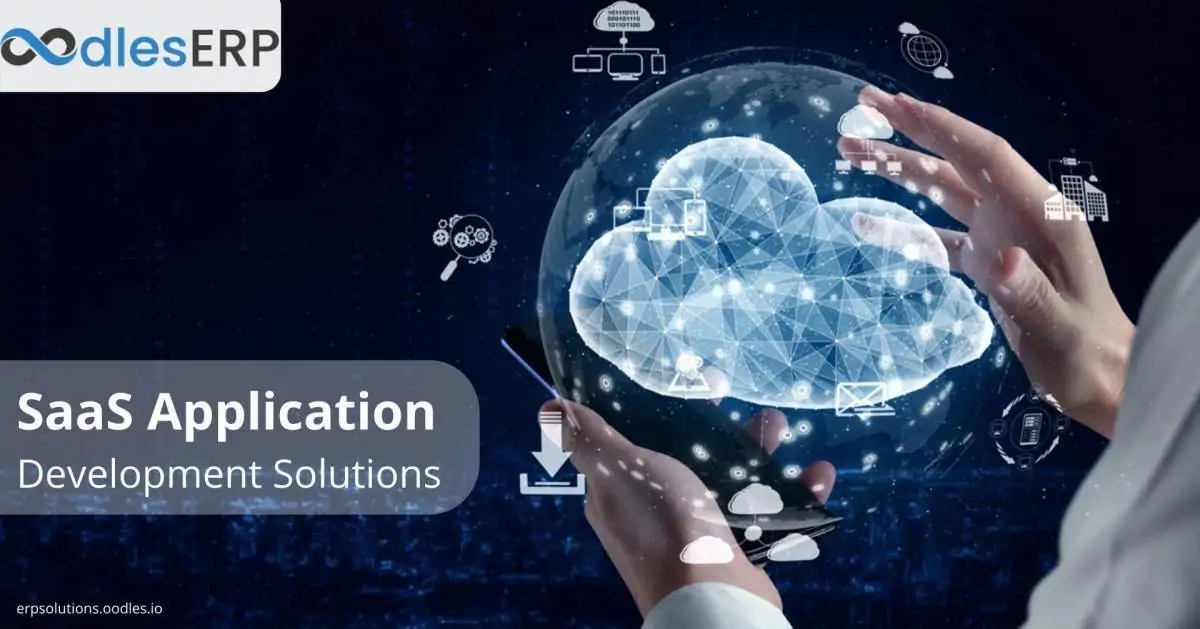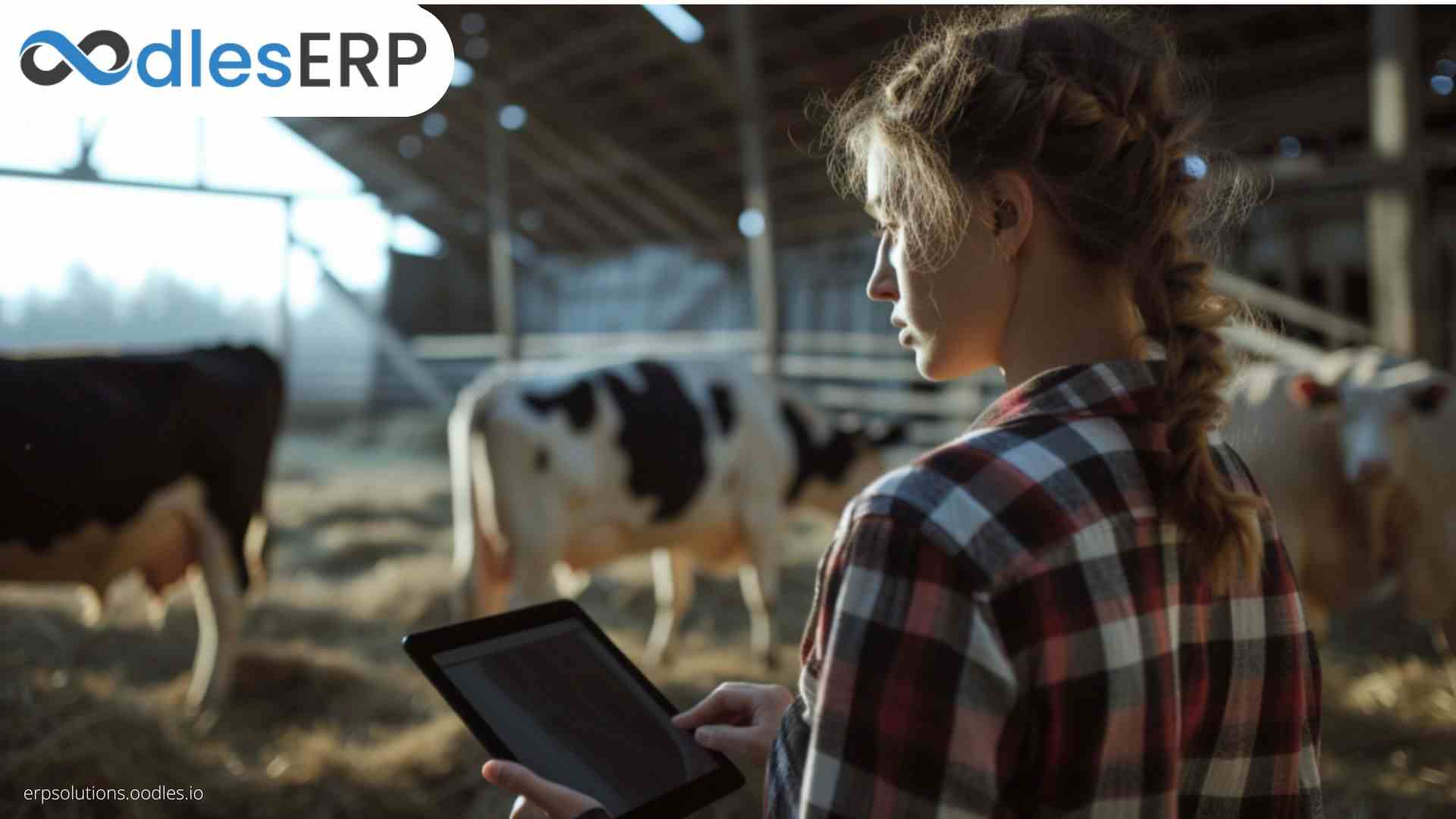Software as a service has become an increasingly popular software distribution model that powers a large number of business applications. Due to its apparent benefits over traditional on-premise systems, the SaaS architecture is quickly replacing present-day business applications. According to Gartner, the SaaS industry in 2020 was valued at $110 billion while it is expected to grow to $126 billion this year. It represents a steady growth of at least 14.5 percent in a short span of time. Furthermore, Gartner predicts that the market capitalization of the global SaaS industry is likely to reach $143 billion by 2022. Seeing the current trends, it seems quite evident that SaaS application development is going to dominate the global IT sector in the foreseeable future.
At Oodles ERP, we have established ourselves as a seasoned SaaS development company that specializes in building scalable web and mobile solutions. Our development team uses open-source tools and technologies to scrupulously build high-quality software applications for diverse business use cases.
Also, Read Web Development Using Frameworks: Why Does It Matter?
Essential Components of SaaS Application Development
Based on our experience in providing SaaS application development services, here we highlight the five essential components of the SaaS architecture. In other words, these are the five stages of the SaaS software development lifecycle that require utmost attention.
#1 Market Research and Ideation
Every software development journey begins with market research and competitor analysis. Besides, as a business owner, you must ensure that your target audience and value proposition are clearly defined. Understandably, due to intense market competition in the SaaS industry, research and analysis hold immense significance in SaaS application development. Based on the research findings, managers and stakeholders may come to a joint consensus to begin with the ideation phase. During the ideation phase, we mainly focus on validating the project idea as well as the value proposition.
#2 Product Discovery and Roadmap Creation
Once we have clearly defined objectives and project goals in place, we move further towards product discovery. Product discovery is the next step after ideation that involves efficacious methodologies to understand customer behavior and develop products to address their needs. As of today, we have access to several advanced product discovery tools that use AI and machine learning algorithms to identify customers’ needs and expectations.
The next step is to create a neat project roadmap that is laser-focused on achieving the defined project goals and objectives related to SaaS application development. A roadmap generally includes the execution strategy for different phases of development as well as the proposed timeline.
#3 Selecting The Tech Stack
Once we have the project roadmap in place, then comes the most crucial part of selecting the tech stack for our SaaS project. It is the stage where other factors like budget, quality, cost, and agility come into consideration. There are all sorts of tools, frameworks, and SDKs available for SaaS application development. However, it is critical to choose the right ones to ensure you move in the right direction towards achieving your project goals. For instance, you don’t want to overspend on the tools that are not going to yield results in the long run. At the same time, you must refrain from paying through the nose by choosing tools that are overly expensive. Apparently, there are several tools available in the market that offer all the advanced features while going easy on the pocket.
At Oodles ERP, we use open-source tools, frameworks, and SDKs to develop high-quality enterprise applications based on the cloud. Our development team has considerable experience in using and implementing popular cloud computing platforms like AWS, GCP, and Azure Cloud.
#4 UI/UX Design and Development
Before we jump into the development phase, it is critical to hire experienced UI/UX designers to meticulously create responsive and user-friendly app interfaces. The design process typically passes through several stages, beginning with wireframing where we sketch the basic appearance of different screens. Then we create functional mockups and prototypes to test the actual look and feel of an application. Once we have the final UI/UX design in place, then we move forward to the development phase. The development process is carried out in multiple stages where we rigorously work on the backend and frontend components of an application.
You may also be interested in reading The Need For Custom SaaS-CRM Software Development
#5 Debugging and Quality Testing
Debugging is the final step in the software development lifecycle. However, we must perform it at all levels of production to achieve maximum efficacy. It also requires rigorous software testing using advanced automation testing tools to detect and fix critical bugs in the application.
At Oodles ERP, we have experienced QA engineers who specialize in performing a variety of software tests to detect bugs, glitches, and design leakages. Our developers use agile methodologies to fix these bugs and deliver seamless app performance across a wide range of devices. Our QA engineers use advanced automation testing tools like Selenium, JMeter, and Katalon Studio to conduct 360-degree software testing. For more information, visit our website or write to us at [email protected].









